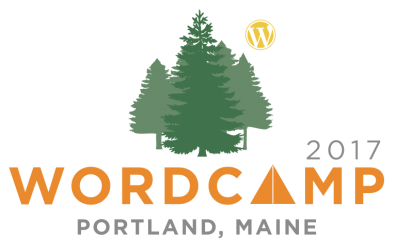To often a website is planned on ideas based around the business owners personal likes and wants. Humanistic design creates an engaging experience that users can connect with physically and emotionally. I teach human-centered design as a creative approach to problem solving to unleash creativity to put the people visiting websites at the center of the design process.
It’s critical to know exactly who you’re designing for. You must define your audience so that you know the broad spectrum of people who will be touched by your product or service and create a website that resonates with them.
Yes, the goals of the business are still in the spotlight, but you need to approach web design by taking human emotions into account during the design and planning phases of every web project. And understand that you have more than one type of site visitor to design for.
I’ll redefine your web design strategies to create and build a site directed toward what your site users want. Using these strategies, you’ll fuel your design process to build WordPress sites directed to what your visitors expect and need:
- Research and become passionate about the Industry and trends.
- Define your segmented audience and understand the many types of people you’re designing for.
- Think like your end user and be innovative!
- The importances of user personas to eliminate guessing whom your users are and build a design with their needs in mind.
- Get curious; discover what your competitors are doing — both good and bad. What works and what doesn’t. Go beyond what’s happening and investigate your competitors’ strategy:
- What types of customer are they’re targeting?
- What are their products/services? Pricing structure? Product packages? How can you improve on any of these?
- What are the features and functionality of their site?
- What types of content do they have?
- Based on what your competitors are doing, improve and find your niche in the market.
- Find out what keywords they use and build a keyword list to create relevant and engaging content.
- It’s good to get a bit nosy, and I’ll share tools to quickly tell if a competitor’s site is a WordPress site, and which plugins or theme they use.
- I’ll touch base on the importance of low-fidelity prototypes along with Design Tiles and how they simplify and finalize the design process.
- Build in good SEO and plan for social media.
